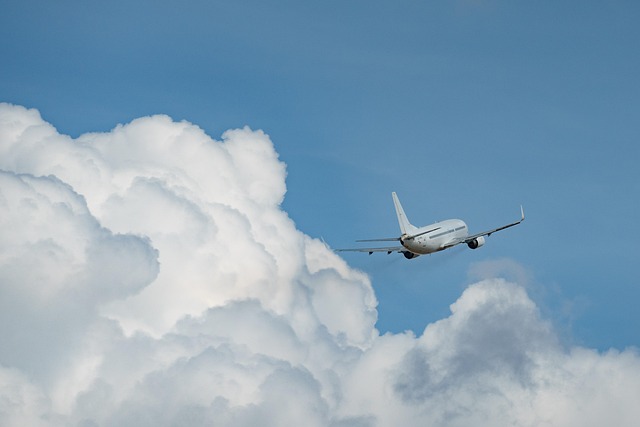Air transportation has become an integral part of our modern lives, allowing people to traverse vast distances in the blink of an eye. As we look to the future, it is crucial to examine its influential role in shaping our environment and contributing to climate change. The time has come to seek sustainable practices within this industry, particularly as the world grapples with the reality of rising global temperatures and environmental degradation.
Every time we board an airplane, many of us are unaware of the extensive carbon footprint that comes with air travel. According to recent studies, air transportation accounts for nearly 2-3% of global greenhouse gas emissions. This seemingly small percentage translates into millions of tons of carbon dioxide released into our atmosphere annually. Each flight taken signifies not just a journey; it represents an environmental choice with cascading effects. The repercussions of our travels can linger long after we reach our destinations, impacting the air we breathe and the ecosystems that surround us.
The aviation industry is facing a pivotal moment. Innovations are emerging, with airlines increasingly pushing towards adopting sustainable aviation fuels (SAFs), which could significantly reduce emissions. These fuels are produced from sustainable sources like agricultural residues and waste, and they have the potential to cut lifecycle greenhouse gas emissions by up to 80% compared to conventional jet fuel. However, the transition to SAFs faces challenges, including high production costs and limited availability. For air transportation to genuinely decarbonize, concerted efforts from governments, industry stakeholders, and consumers will be necessary.
Moreover, regulatory policies play a crucial role in steering the aviation sector towards sustainability. Governments are beginning to recognize the urgency of the climate crisis and the need for stricter emissions regulations. Implementing carbon pricing mechanisms, providing incentives for greener technology, and promoting efficiencies in air transport can create a ripple effect within the industry. These measures can encourage airlines to prioritize low-emission solutions and invest in research and development of breakthrough technologies.
Furthermore, the environmental impact of air transportation extends beyond just carbon emissions. The formation of contrails—those thin, cloud-like streaks in the sky—and their ability to trap heat contribute to global warming, aggravating issues related to climate change. These factors emphasize the importance of rethinking not only how we travel but also the trajectory we set for the future of air transportation.
As consumers, our choices matter. We can engage in responsible travel practices by opting for direct flights, as takeoffs and landings are the most emission-intensive stages of a flight. Additionally, considering alternative modes of transportation for shorter distances can make a significant difference. The more we place environmental awareness at the forefront of our decisions, the more pressure we will put on airlines to adopt sustainable practices.
Ultimately, the journey toward decarbonizing the skies will require collective action from all stakeholders. Airlines, governments, and travelers can unite to drive the necessary changes to reduce the environmental impact of air transportation. Our efforts today will have lasting implications for the health of our planet and the future of air travel, ensuring that the skies remain a haven for generations to come.



